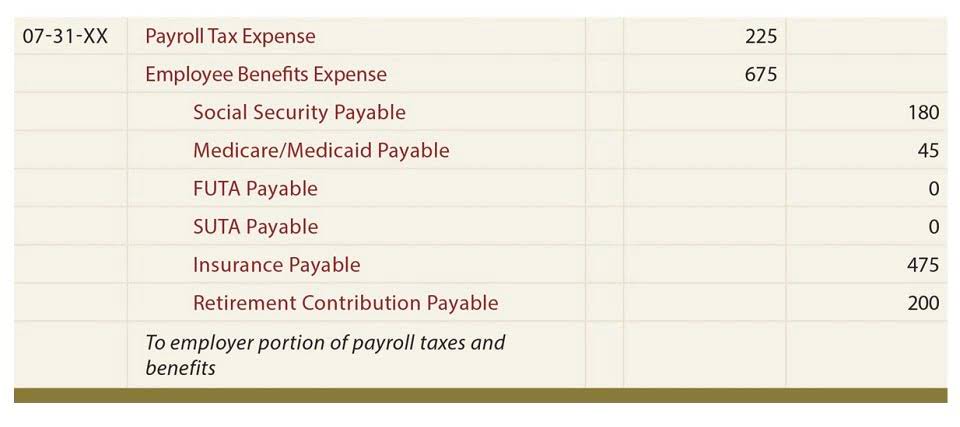
These methodologies help organizations streamline operations, enhance productivity, and reduce costs by identifying areas that require improvement. By applying value analysis to product design, organizations can identify ways to reduce material costs, improve manufacturing efficiency, and streamline production processes. Conversely, not having enough inventory can lead to stockouts and lost sales, resulting in lower revenues and decreased customer satisfaction. Implementing an effective inventory control system can not only reduce costs but also optimize operational efficiency and enhance customer service.
Waste reduction

What’s more, it helps identify bottlenecks, implement process improvements, and optimize workflow, resulting in higher productivity and smoother operations. It is to determine the cost control effect through a series of activities such as the confirmation, measurement, recording, allocation, and calculation of costs. Its purpose is to provide accurate information on all aspects of cost management. Only through cost accounting can we comprehensively and accurately grasp the effect of enterprise production and operation management. Project managers must communicate budget information and cost performance to team members, stakeholders, and clients.
Cost-volume-profit (CVP) analysis 🔗
By conducting regular and thorough analyses of financial data, businesses can identify areas where cost efficiency can be improved, and strategies can be put in place to prevent similar cost issues from recurring. Corrective cost control Cost Control requires a thorough understanding of the underlying cost structure and the drivers of costs. It also requires effective communication and collaboration between all stakeholders to identify and implement corrective measures. Another approach is to revise the budget and re-allocate resources to bring costs back in line with expectations. A third approach is to negotiate with suppliers and vendors to reduce costs.

Importance of cost control
- Each approach has its advantages and disadvantages, and the most appropriate approach will depend on the specific circumstances of the cost overrun.
- What’s more, by tracking expenses in real-time, organizations can identify any deviations, take corrective measures promptly, and ensure that costs remain within a decided limit.
- Corrective Cost Control refers to measures taken to correct deviations from expected cost behavior.
- Conversely, not having enough inventory can lead to stockouts and lost sales, resulting in lower revenues and decreased customer satisfaction.
- Without proper data management, an organization may miss warning signs that a process is not functioning optimally.
- This is done by analyzing and improving workflows, identifying bottlenecks, automating repetitive tasks, and enhancing productivity through continuous improvement initiatives.
With increasing focus on environmental sustainability, organizations will integrate green practices into their cost control strategies. This includes reducing energy consumption, CARES Act optimizing waste management, and implementing sustainable procurement practices, ultimately leading to cost savings and a positive environmental impact. By implementing these best practices, organizations can enhance their cost control efforts, optimize resource allocation, and achieve sustainable financial performance. In the retail sector, cost control focuses on inventory management, operational cost reduction, and supply chain optimization. Techniques such as efficient inventory systems, vendor negotiation for favorable pricing, shrinkage monitoring, and cost-effective marketing strategies are employed to achieve these goals. By employing these cost control techniques and methods, organizations can proactively manage expenses, optimize resource allocation, and drive financial efficiency and stability.

We have also explored some of the common methods and techniques for cost management, such as activity-based costing, standard costing, variance analysis, budgeting, and cost Accounting for Marketing Agencies control. In this section, we will summarize the key takeaways and recommendations for effective cost management from different perspectives, such as managers, accountants, and decision-makers. We will also provide some examples to illustrate how cost management can be applied in real-world situations. Cost control involves the process of measuring actual costs, comparing them with predetermined standards, and taking corrective actions to reduce any variances. It is a continuous process that ensures production costs remain within budgeted limits.
